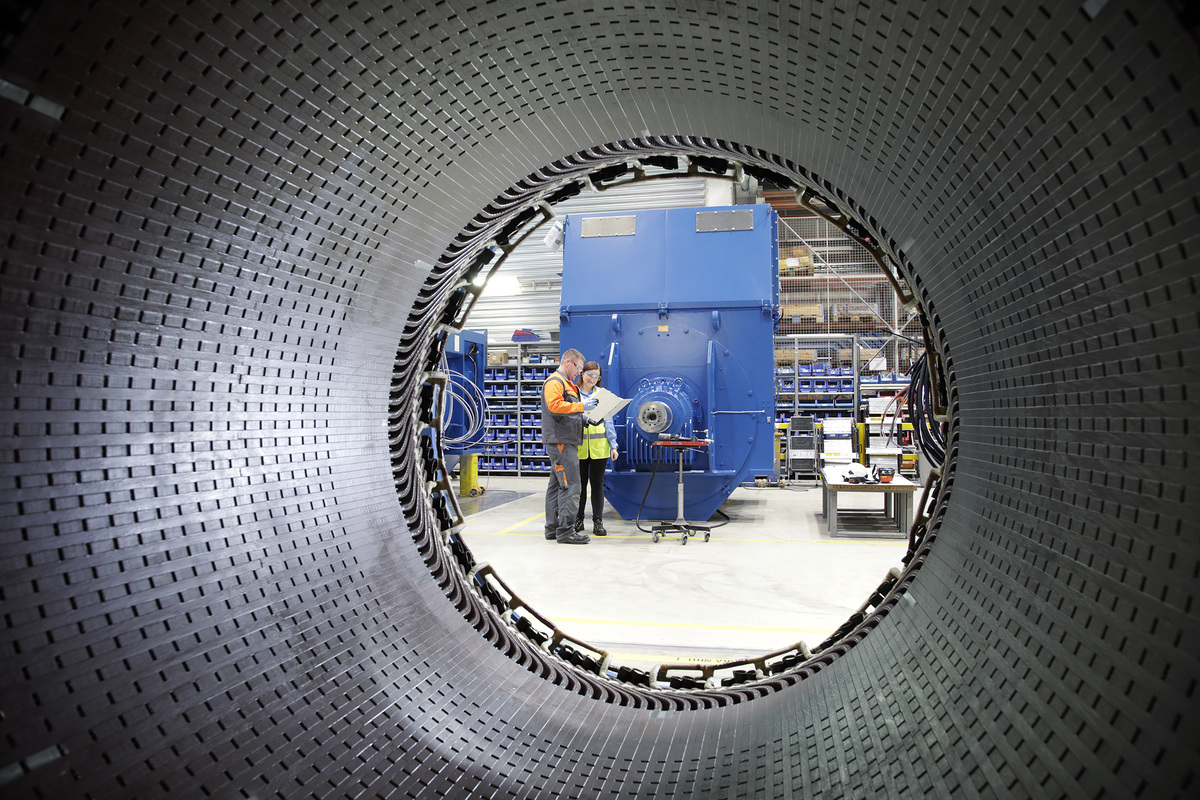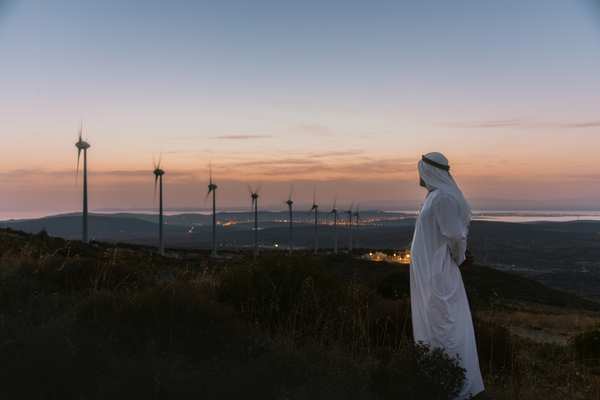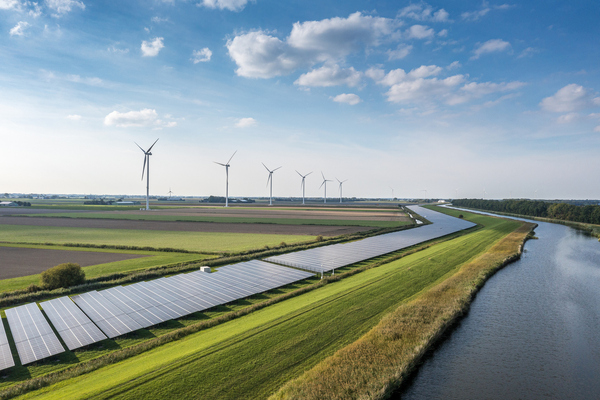Scoping out Net Zero: Electric motors paving the way for industry
Sponsored by ABBHow focusing on energy efficiency and circularity puts carbon emissions for industrial motors into perspective

Climate change is not a problem for tomorrow: huge cuts in industrial emissions are needed to meet global climate targets today. Industrial businesses must now take measurable steps toward reducing their carbon emissions. Electric motor-driven systems constitute 45 per cent of global electricity consumption, making them a critical starting point for improved energy efficiency and circularity. The good news is that effective solutions are already available to deliver significant improvements. The challenge is in getting industry to implement them.
You can only manage what you can measure
When it comes to reducing carbon emissions from industry, it’s important to look at the full picture. That means considering all three scopes of emissions: Scope 1 (direct emissions), Scope 2 (indirect emissions from purchased energy), and Scope 3 (indirect emissions from the value chain).
One key driver in tackling Scope 1 and 2 emissions is the energy efficiency of industrial electric motors and generators. Large industrial motors, rated at greater than 375 kilowatts (kW), must be a key focus of efficiency efforts. Although they make up less than one per cent of all electric motors, they account for 23 per cent of all electricity consumed by motors globally.
Scope 3, often the most significant source of emissions for companies, can also be the most challenging to measure and manage. This is because most of the activity takes place outside the manufacturer’s control, especially during the use phase. Energy efficiency initiatives can help companies reduce Scope 3 emissions by optimising resource use throughout their value chains.
That is why ABB’s top industrial efficiency (TIE) option, designed for maximum energy efficiency in large motors and generators, are growing in importance. If facilities using large motors choose a TIE option, they can dramatically reduce both their carbon emissions and energy bills throughout the motor’s life.
TIE options become particularly powerful when allied to circularity principles, such as the use of steel and other raw materials and components optimised to reduce their carbon footprint.
Circularity in action
The concept of circularity should prompt both manufacturers and end-users to carefully reassess every stage in a product’s life cycle. For ABB, this means designing motors that use sustainable materials but can also be recycled at the end of their life, which is an essential element of circularity. Our large motors, for example, contain 80 per cent steel, 15 per cent copper, and other recyclable materials. Recycling and reusing materials from a 20-ton motor can save approximately 37 tons of harmful CO2 emissions, equivalent to a standard car driving around the globe five times.
Taking the initiative
At ABB, we’re embracing our pledge to sustainability in our own operations. For example, we’ve switched our large motors and generators factory in Helsinki to green district heating, a transition that has further reduced its emissions by around 1,000 tons of CO2 per year. That means the factory is now completely carbon-neutral in terms of its own electricity and district heating consumption.
TIE option for geothermal power
A leading company in geothermal power has adopted ABB’s TIE generators and motors for projects in the US and Indonesia. The equipment also includes a GreenForge steel option that reduces the carbon footprint of the steel used in their construction.
The Indonesian power plant incorporates a 45-megawatt generator that offers 98.76 per cent efficiency. This has resulted in a payback period of only four months on the TIE option due to the energy saving. Furthermore, over its 20-year life, the TIE generator will save 6,300 tons of CO2, the equivalent of driving an average car for 26 million kilometers.
A win-win situation for environment and business
Climate change is a significant challenge for industry. But effective technology is available now that can deliver significant reductions in carbon emissions during the manufacture and use of electric motors. Making this change happen will require collaboration between industry and business. We need to create a sustainable culture that recognises that the drive for Net Zero is win-win situation that is good for both the environment and business.
For actionable insights on how ABB can help you address climate change through energy efficient industrial electric motors, visit new.abb.com/motors-generators

By Heikki Vepsäläinen, President, Large Motors and Generators Division, ABB

Business Reporter Team
Most Viewed
23-29 Hendon Lane, London, N3 1RT
23-29 Hendon Lane, London, N3 1RT
020 8349 4363
© 2024, Lyonsdown Limited. Business Reporter® is a registered trademark of Lyonsdown Ltd. VAT registration number: 830519543





